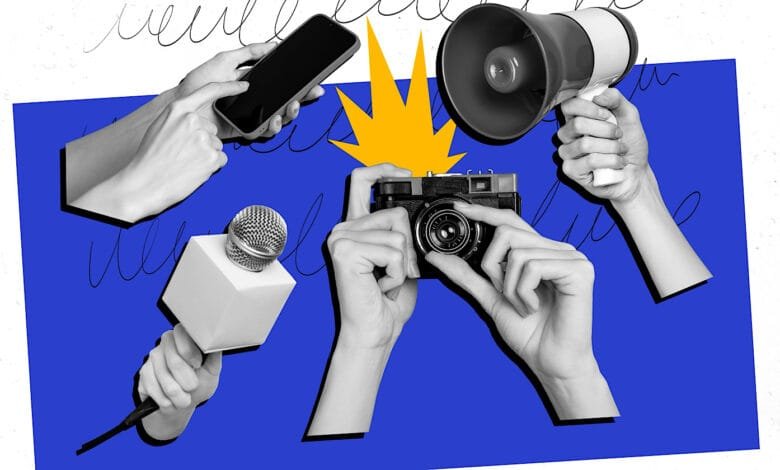Study: Google AI Overviews Prioritize Major News Sources

▼ Summary
– Google’s AI Overviews heavily favor major news outlets, with the top 10 publishers capturing nearly 80% of all news mentions.
– BBC, The New York Times, and CNN dominate citations, accounting for 31% of media mentions, while smaller outlets struggle for visibility.
– AI Overviews show moderate citation inequality (Gini coefficient of 0.54), with 12 outlets receiving nearly 90% of mentions and 18 sharing just 10%.
– Paywalled content is frequently used, with 69% of responses copying segments, but only 15% of long copied segments include proper attribution.
– News-related queries are 2.5 times more likely to include media citations than general queries, but smaller publishers can improve visibility by building niche authority.
New research highlights how Google’s AI Overviews disproportionately favor established news organizations, creating significant visibility challenges for smaller publishers. The study reveals a striking concentration where just ten major outlets capture nearly 80% of all news citations in AI-generated search summaries, leaving minimal room for independent or niche sources.
An analysis of over 75,000 AI Overview responses found that only one in five actually references any news source. Among these citations, three media giants: BBC, The New York Times, and CNN, account for nearly a third of all mentions. The BBC alone appears in 11.37% of cases, despite the study focusing on U.S.-based queries. This imbalance becomes even more pronounced when examining broader patterns: twelve publishers receive 90% of citations, while eighteen others split the remaining 10%.
The disparity between dominant and smaller outlets is stark. For identical search terms, the BBC appears 195 times more frequently than the Financial Times. Even well-recognized names like TechCrunch, Vice, and The New Yorker collectively represent less than 1% of total mentions. Researchers attribute this bias to Google’s preference for sources perceived as highly authoritative, creating a self-reinforcing cycle where established players gain disproportionate exposure.
Interestingly, 40% of media URLs cited in AI Overviews also rank in the top 10 traditional search results for the same keywords. However, the remaining 60% demonstrate that AI systems don’t simply mirror organic rankings. They prioritize trust signals and content quality beyond conventional SEO factors. A Gini coefficient score of 0.54 (where 0 indicates perfect equality) confirms moderate but persistent inequality in citation distribution.
Paywalled content presents another layer of complexity. Over 96% of New York Times citations and 99% of Washington Post references come from behind paywalls. While AI Overviews frequently excerpt paywalled material, 69% contain copied segments of five or more words, only 15% properly attribute these snippets. This raises ethical questions about fair use and licensing in AI-generated summaries.
Citation behavior also varies by query type. News-related searches are 2.5 times more likely to include media references than general inquiries (20.85% vs. 8.23%). Publishers targeting specific breaking news topics may find opportunities here, though the overall landscape still heavily favors major outlets. Notably, 91% of citations appear as links rather than direct brand mentions, and over a quarter of references lack hyperlinks entirely, often because AI systems source content through aggregators rather than original publishers.
For smaller organizations aiming to break through, the study suggests focusing on niche authority rather than broad competition. Building backlinks from already-cited sources and optimizing schema markup, particularly the ‘isAccessibleForFree’ tag, can improve visibility. Specialized outlets often enjoy higher text inclusion rates when cited, proving that deep topical expertise can offset size disadvantages.
As AI Overviews grow more prevalent, their citation patterns could reshape digital publishing ecosystems. While dominant players currently benefit from existing authority signals, the findings indicate that strategic niche positioning and technical optimization offer pathways for smaller publishers to gain traction. Success now hinges not just on traditional SEO, but on aligning with the trust indicators AI systems prioritize.
(Source: Search Engine Journal)






